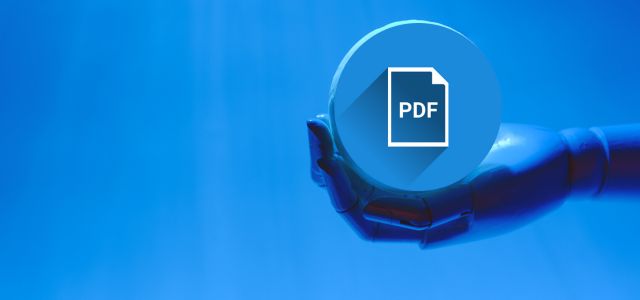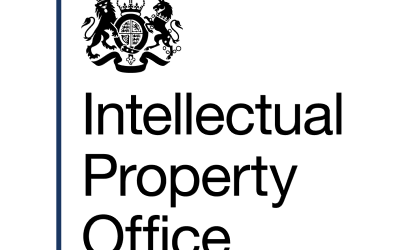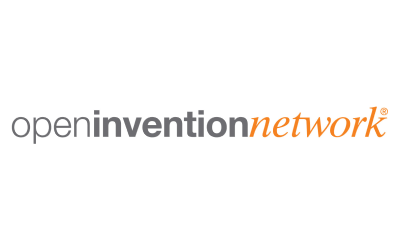After several, long delays, the United States Patent and Trademark Office (USPTO) seems to be finally moving forward with implementing the DOCX format requirement for certain patent applications. In its effort to modernize and streamline its systems, the USPTO is requiring all text of non-provisional utility applications filed from January 17, 2024, to be in DOCX format, or else a $400 fee (with discounts for small entities) will apply. After receiving the patent specification, the USPTO converts it to a controlling PDF version for prosecution. Companies, inventors, and patent practitioners need to proceed cautiously and be aware of the risks, as practitioners have reported considerable mismatches between their DOCX documents and the USPTO-generated PDFs, raising concerns about the risk of loss of IP rights and liability claims.
High-risk elements in conversion
Particularly, non-text elements such as mathematical equations, chemical formulas, and tables, along with non-English text, appear to be prone to conversion errors. Disturbingly, applicants note conversion formatting errors that could impact all applications, even with the PTO’s specific fonts, specifically phrased headers, and removal of bookmarks and Extensible Markup Language (XML) data.
USPTO’s response and recommendations
Aware of the issues, the USPTO advises applicants to review their generated PDF “shortly after filing the application to identify any errors or discrepancies in the records.” As a temporary safeguard against conversion errors, the USPTO initially allowed filing an optional “Auxiliary PDF” (applicant-generated PDF copy of the application) free-of-charge and without adding to the application size requirement. This period is now extended indefinitely, and applicants may rely on the Auxiliary PDF as part of the permanent patent record if a discrepancy occurs during the filing process.
Fee waivers and petition requirements
The USPTO will continue to waive the fee for a petition filed under 37 CFR 1.182 if an applicant needs to rely upon the Auxiliary PDF to correct the record. Regardless, practitioners must still review the USPTO-generated PDF at filing for conversion errors. Naturally, these unnecessary reviews will increase practitioner time and cost accordingly — and at a time when many applicants are seeking creative ways to reduce legal bills.
Artificial intelligence (AI) model training benefits
Besides improving data intake, the USPTO’s shift to DOCX could potentially streamline the adoption of and ease the training of AI technologies, including large language models (LLMs) like GPT variants ChatGPT, Gemini, Llama, Claude, and others, on patent application data. These LLMs rely on the quality and consistency of their input data. DOCX, being a more structured and uniform format than PDF, alleviates some of the challenges associated with data preprocessing, such as optical character recognition (OCR) inaccuracies, formatting anomalies, and font-related issues. This uniformity aids in efficient data parsing and extraction, crucial for the nuanced understanding of patent texts by AI. Of course, the current scope of the USPTO’s DOCX requirements excludes a critical element of any patent application —the patent drawings — which may potentially limit the comprehensiveness of AI analysis, even if the text of patent applications is readily available in DOCX format.
Moreover, some have raised security concerns because DOCX files can embed macros, which can be potentially malicious. The USPTO has responded by confirming that macros, as well as most metadata, will be scrubbed from uploaded DOCX files, thus stripping potentially valuable contextual data from AI training data sets.
Best practices
Consider PDF submissions
Given the increased burden on all parties for DOCX submissions, practitioners may want to advise clients to pay the surcharge and continue to use PDF submissions that include a controlling PDF version. In the grand scheme of patent prosecution, an additional $400 may represent just a 1-4% increase in overall costs for clients. In return, both the applicant and practitioner may avoid looming issues arising from the USPTO’s DOCX-to-PDF conversion.
Use of Auxiliary PDF
Alternatively, if DOCX submissions are to be used, it is advisable to also file an Auxiliary PDF. Although not controlling, the Auxiliary PDF offers a safeguard against potential conversion errors, at least for the foreseeable future. Given the USPTO’s dynamic treatment of DOCX policies, practitioners are advised to monitor policy announcements from the USPTO that may impact the future use of Auxiliary PDFs.
Alternative filing strategies
Further, the DOCX requirement does not apply to US national phase patent applications filed from international PCT patent applications. Practitioners may want to present this alternative filing strategy to avoid the DOCX requirement.

Written by Elizabeth Rielley
Attorney, Banner Witcoff

Written by Jay Bombien
Attorney, Banner Witcoff

Written by Aseet Patel
Attorney, Banner Witcoff
With special thanks to 2023 summer associate, David Glass
You may also like…
Nokia v. Mala Technologies: the UPC interprets its relationship with national courts
Brussels recast The Brussels I Regulation has been in force, under various names, since 1973 and defines general rules...
UK IPO celebrates first filing in new digital service
The UK Intellectual Property Office (IPO) marks a ‘game-changing moment’ as the first patent is filed in the new ‘One...
World’s largest wireless telecommunications operator China Mobile joins Open Invention Network
Chinese companies have become increasingly sophisticated regarding patents. According to the country’s top...
Contact us to write for out Newsletter














